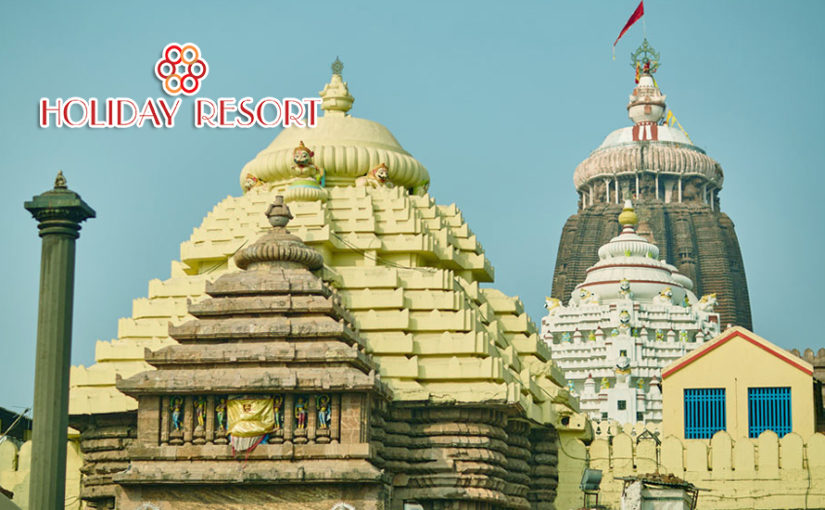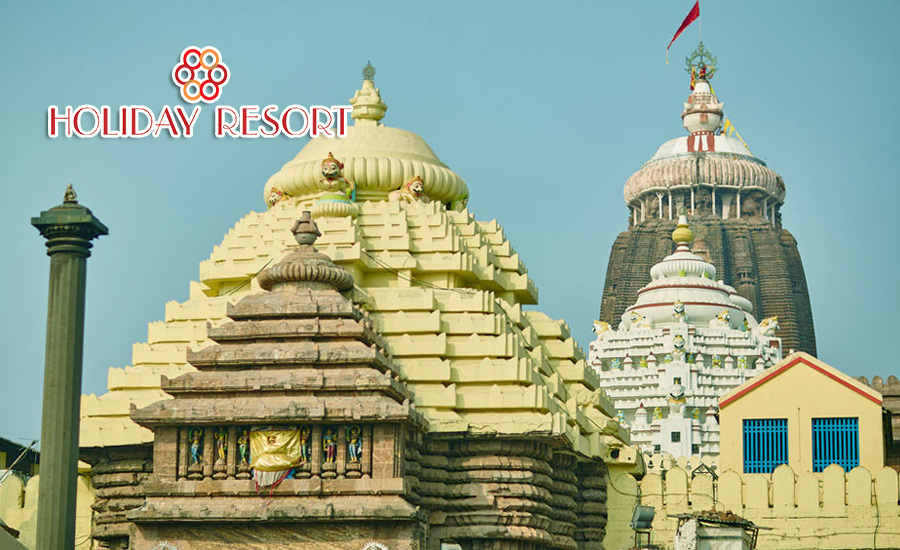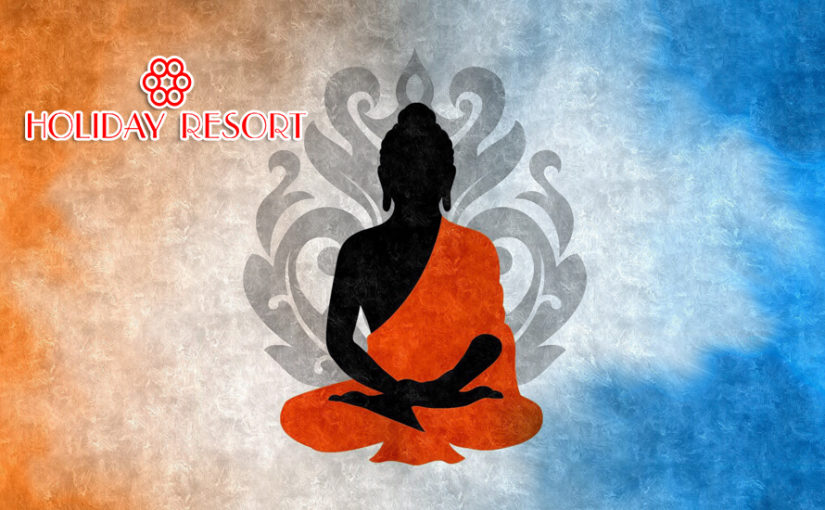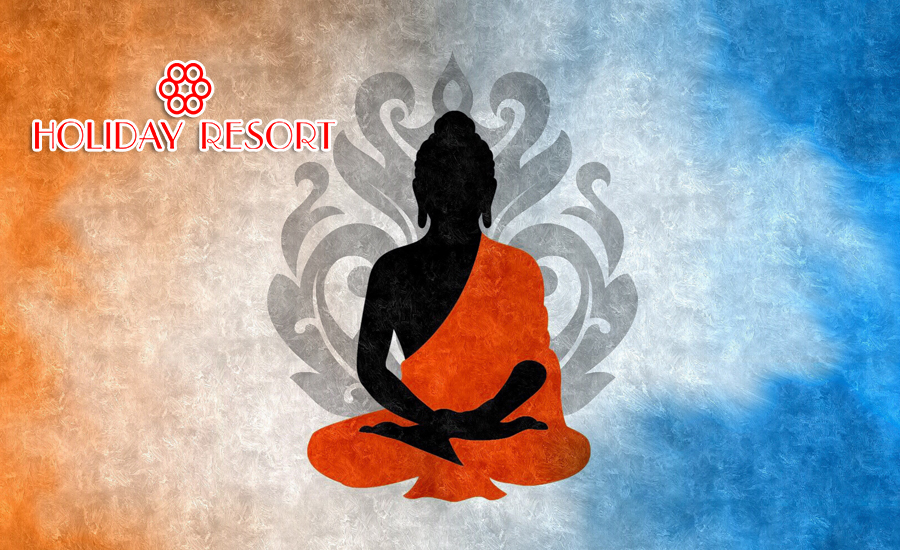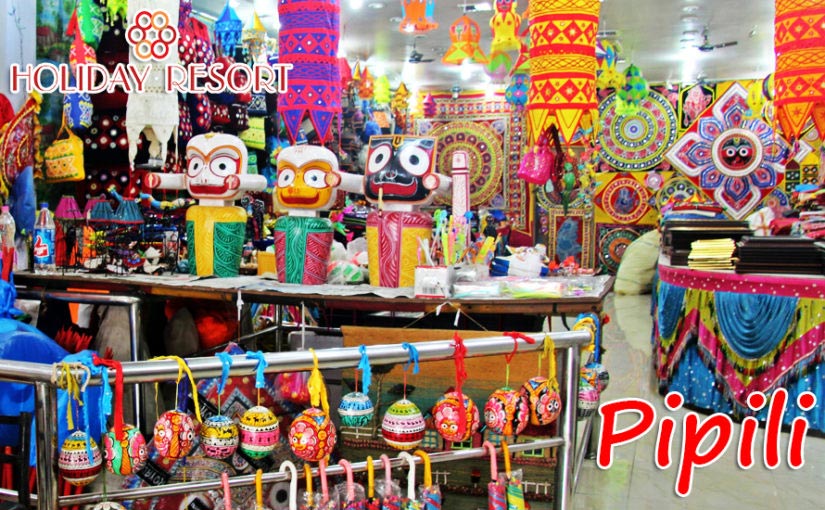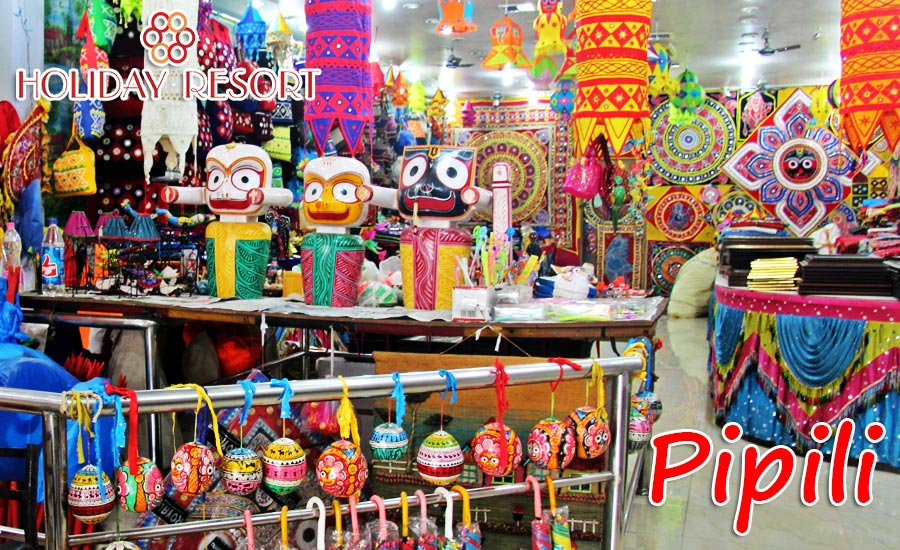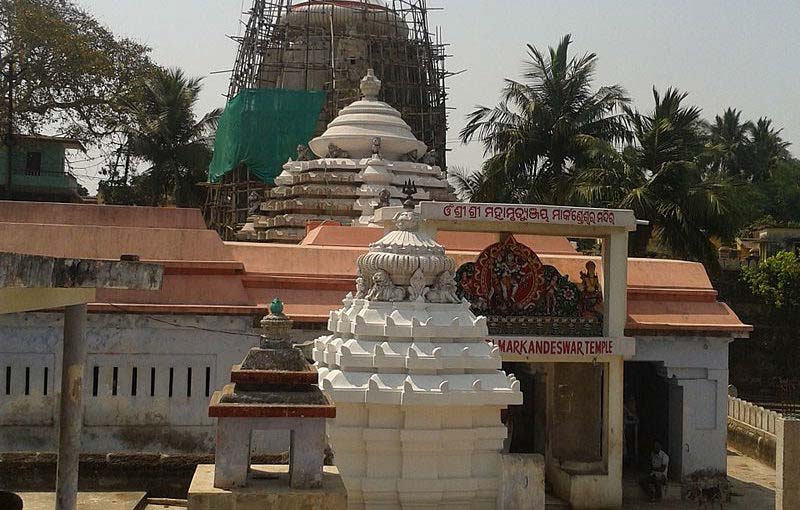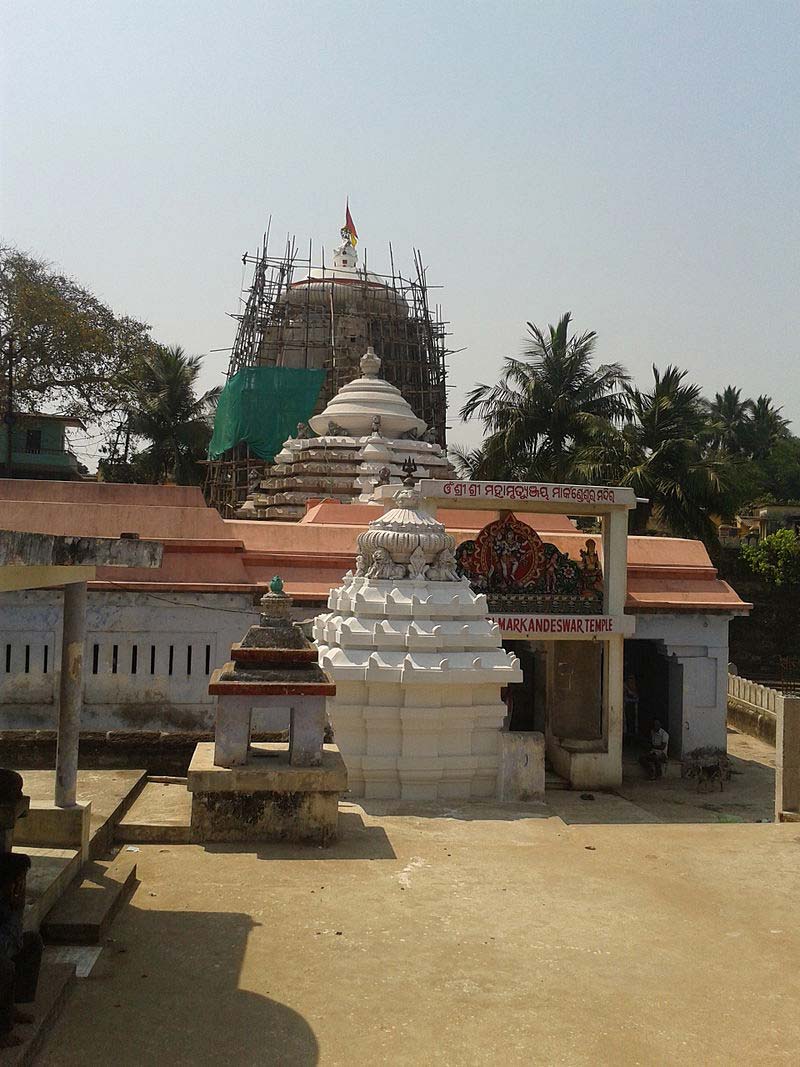
General Information and Tips About Puri
- The standard time in Puri is GMT + 5 ½ Hours
- Govt of Odisha tourist offices are available at Railway station, Jagannath Temple, Sea Beach, Bus Stand and also in various tourist destinations.
- The summer is very hot and humid at Puri. Do carry sunglasses, sunscreen lotion and a hat.
- The winter is not too cold at Puri. Do carry light winter clothes with you.
- You will find beggars in all tourist destinations, it is not mandatory to help them, try to avoid them as far as possible. Do not let them hassle you, and do not encourage them by giving them money.
- Change currency only from official money changers.
- Cyber cafes with Internet facility is available in some places of Puri.
- Always respect religious shrines and places of worship.
- Non Hindus are not allowed to enter into Lord Jagannath Temple.
- In case of any trouble, immediately contact the nearest Police Station.
- Make sure to remove your footwear when visiting a place of worship. All most all temples in Puri will not even allow you to carry leather articles like wallet, belt etc inside. You can deposit them in the temple shoe stand and collect it on your way out.
Safety Tips
- While travelling in/to various tourist places of/around Puri in local buses, trains etc. be aware of pick picketers and snatchers. Though it is not a frequent activity but many cases reported every year. Never leave your luggage, briefcase or other items unattended.
- Don’t keep your wallet in the rear pocket. Keep it in an inside jacket pocket or side trouser pocket.
- All valuables and important papers (jewelry, passports, return tickets, etc) should be kept in your hotel’s safe deposit box. Never leave them unattended in your room. Avoid carrying large sums of cash on your person.
- Don’t take the advice of taxi drivers for the purpose of accommodation.
- You should be aware of the local laws and customs prevailing in India. This will help in making your trip hassle free.
- Never ever purchase air/ rail/ bus tickets through strangers or unauthorized travel agents/ tour operators, also known as touts. They are not at all reliable. Buy tickets from the authorized centers only.
Health And Medication
- Avoid drinking water from an unknown source. When in doubt purchase Bisleri, Kinley, Aqua Finaetc mineral water bottles from any shop.
- Even when you are visiting restaurants or hotels, insist on bottled (mineral) water. You will not face much trouble as almost all the restaurants and hotels keep bottled water.
- You can find vendors selling fresh coconut water everywhere in Puri.
- Avoid foods that have been laid out in the open, avoid sweets and candies from local markets. Try and avoid spicy food, especially if you’re not used to it. Enjoy your food inside the hotels and restaurants.
- Pharmacies or chemists are available in every place of Puri. In case you need to consult a doctor, ask for help from your hotel (most have doctors on call) or go to any hospital/clinic.
- Never forget to carry your essential medication with you. The brand names can differ and your specific brand of medication may not be available in Puri.
- Never eat cut fruits sold by the roadside vendors. Always eat fruits you can peel. Wash the fruits properly with water well before eating them.
- Sun in Puri can be ruthless in the summer months. Keep a good sunscreen lotion and sun block cream to avoid sun damages.
For more details, you can contact the hotel management at Hotel Holiday Resort or visit www.puriholidayresort.com




